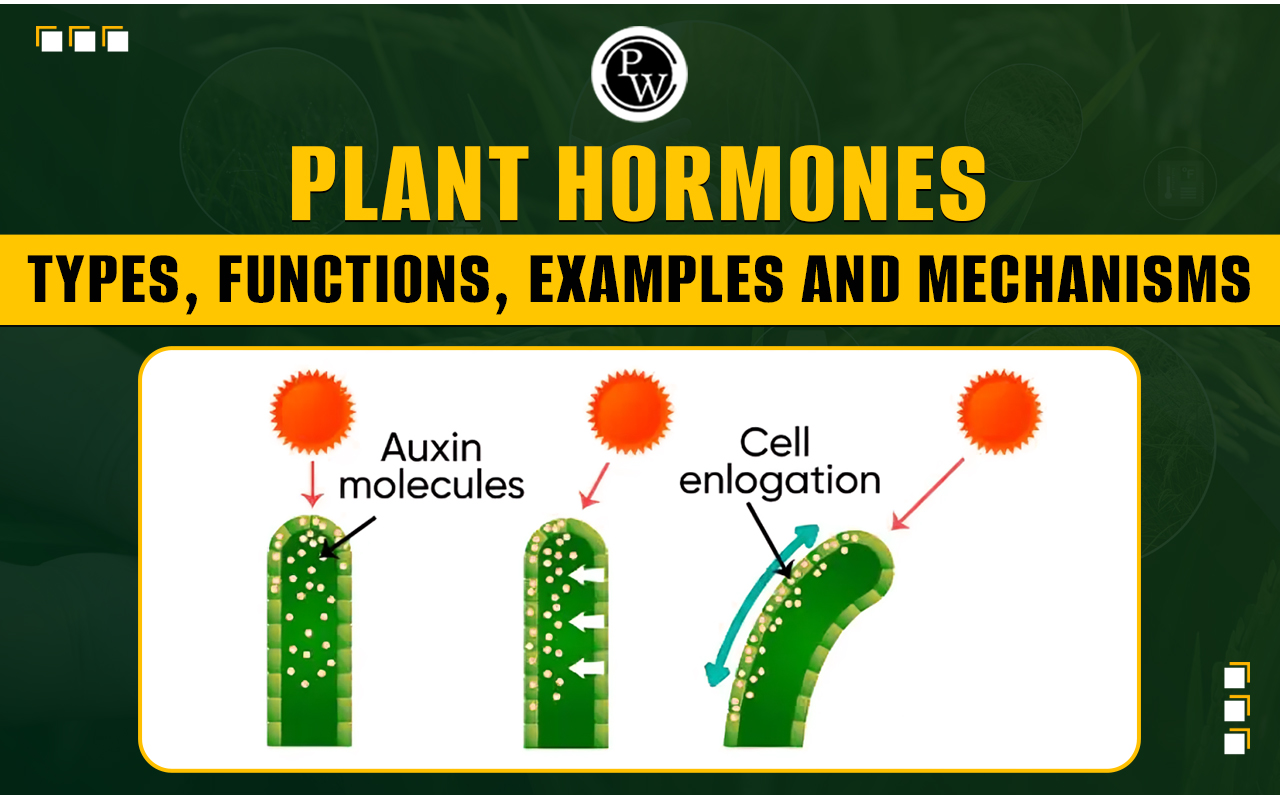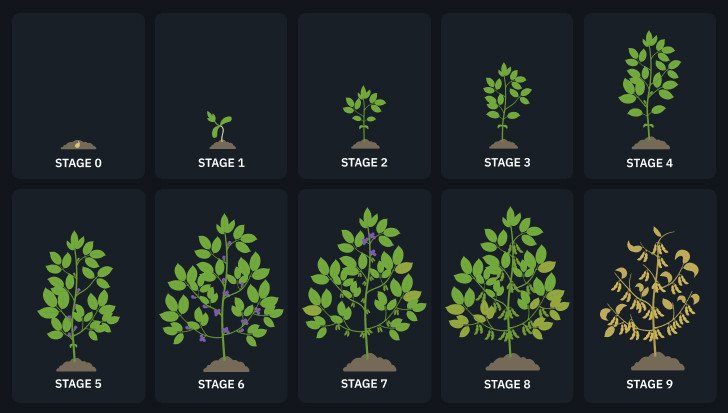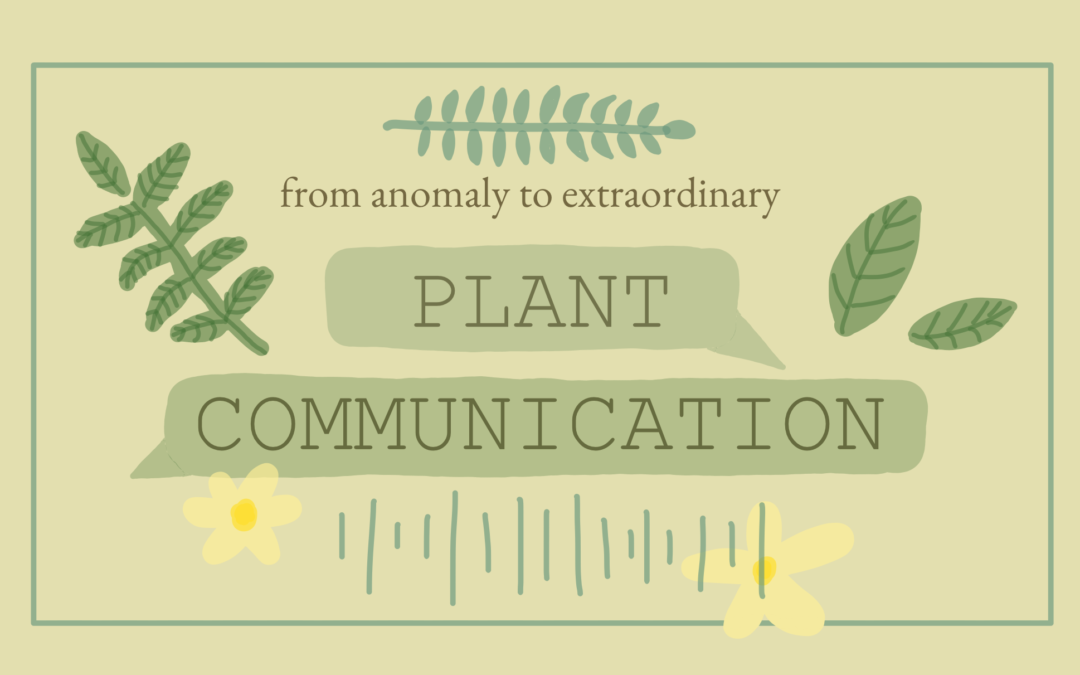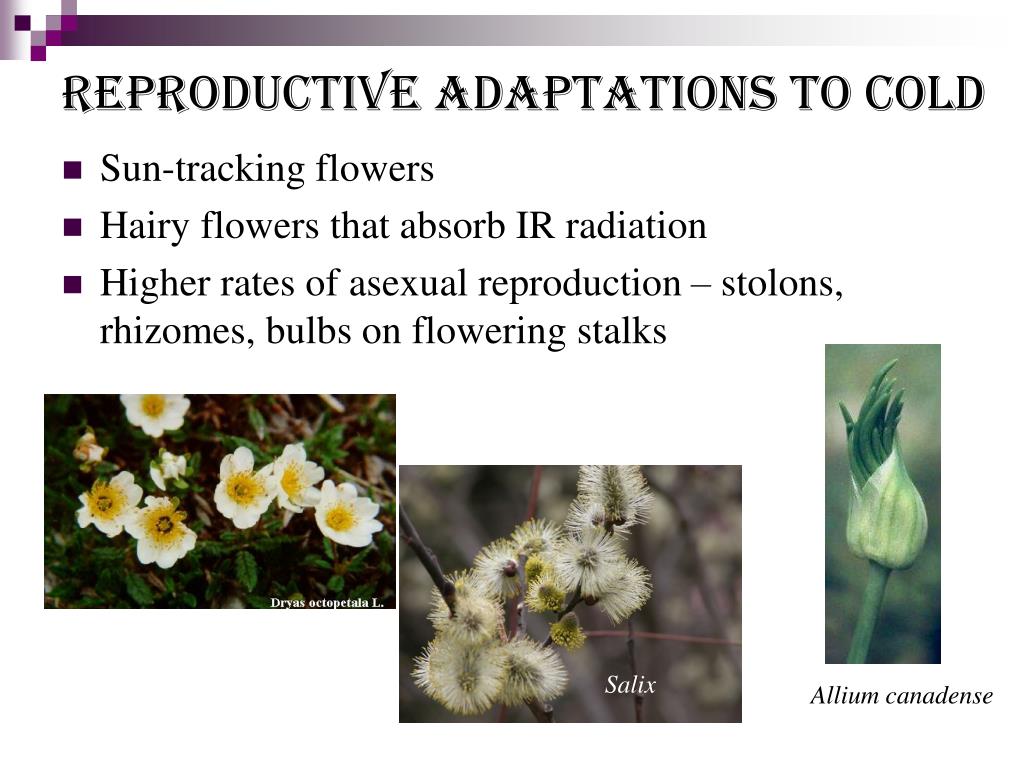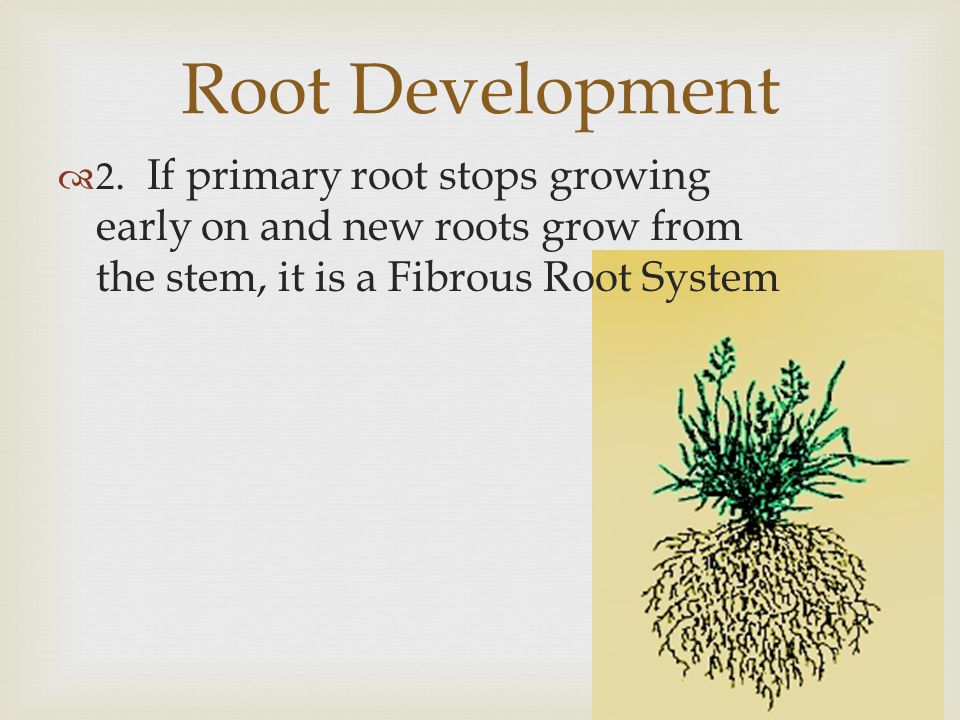
Unveiling the Secrets Below: A Comprehensive Guide to Plant Root Development
Have you ever stopped to consider the unsung heroes of the plant world? Above ground, we marvel at vibrant blooms, towering trees, and lush foliage. But beneath the surface, a silent, intricate world is at work, supporting all that beauty. That world is the realm of plant roots, and understanding their development is key to appreciating the fundamental processes that sustain life on Earth. This article will delve deep into the fascinating world of plant root development, exploring its intricacies, importance, and the factors that influence it. Get ready to embark on a journey of discovery, as we unravel the secrets hidden beneath our feet.
The Vital Role of Roots: More Than Just Anchors
We often think of roots as simple anchors, holding plants firmly in the ground. While this is certainly one of their crucial functions, it’s only the tip of the iceberg. Roots are far more complex and play a multitude of vital roles in the survival and prosperity of plants:
- Anchorage: As mentioned, roots provide structural support, preventing plants from being toppled by wind, rain, or other environmental forces. This is particularly important for tall trees and plants in exposed locations.
- Absorption: Perhaps the most critical function, roots are the primary organs for absorbing water and essential nutrients from the soil. Tiny root hairs vastly increase the surface area available for absorption, acting like microscopic sponges.
- Conduction: Roots act as conduits, transporting absorbed water and nutrients up to the stem and leaves, where they are used for photosynthesis and other vital processes.
- Storage: Many plants store energy reserves, such as sugars and starches, in their roots. These reserves can be crucial for survival during periods of stress, such as winter or drought. Examples include carrots, potatoes, and sweet potatoes.
- Synthesis: In some plants, roots can synthesize essential compounds, including hormones and secondary metabolites, which play roles in growth, development, and defense against pests and diseases.
- Interaction with Soil Microbes: Roots establish complex relationships with beneficial microorganisms in the soil, such as mycorrhizae (fungi) and nitrogen-fixing bacteria. These interactions enhance nutrient uptake and overall plant health.
In essence, roots are the unsung heroes of the plant kingdom, working tirelessly to ensure the survival and prosperity of their plant counterparts. Without a healthy and efficient root system, plants would struggle to thrive, and the ecosystems they support would suffer.
The Anatomy of a Root: A Journey from Tip to Base
To understand root development, it’s essential to familiarize yourself with the anatomy of a typical root. Let’s take a closer look at the key components:
- Root Cap: This is the outermost layer of cells, protecting the delicate root tip as it pushes through the soil. The root cap secretes a slimy substance that lubricates the path, reducing friction and facilitating growth.
- Apical Meristem: Located just behind the root cap, the apical meristem is a region of actively dividing cells. This is where new cells are generated, driving root elongation.
- Zone of Elongation: As new cells are produced in the apical meristem, they elongate, increasing the length of the root. This zone is where cells rapidly expand, pushing the root deeper into the soil.
- Zone of Maturation: In this zone, cells differentiate and mature, developing specialized functions. This is where root hairs emerge, increasing the surface area for absorption. The vascular tissues, responsible for transporting water and nutrients, also develop in this zone.
- Vascular Cylinder (Stele): The central core of the root contains the vascular tissues, xylem, and phloem. Xylem transports water and minerals upwards, while phloem transports sugars and other organic compounds throughout the plant.
- Cortex: Surrounding the vascular cylinder, the cortex is composed of parenchyma cells, which store food and water. The cortex also contains air spaces, facilitating gas exchange.
- Endodermis: This is a single layer of cells that surrounds the vascular cylinder. The endodermis acts as a barrier, regulating the movement of water and nutrients into the vascular tissues.
Understanding these anatomical features provides a framework for comprehending the complex processes involved in root development and how they interact to support plant life.
The Stages of Root Development: From Seed to Mature System
Root development is a dynamic process that unfolds in several distinct stages. Here’s a breakdown of the key phases:
- Germination and Radicle Emergence: The journey begins with seed germination. When a seed encounters favorable conditions (moisture, temperature, and oxygen), it imbibes water, triggering metabolic activity. The radicle, the embryonic root, emerges from the seed coat and begins to penetrate the soil. This is the very first stage of root development.
- Primary Root Formation: The radicle grows downwards, forming the primary root. This root is the main anchor and initial source of water and nutrient absorption for the young seedling.
- Lateral Root Initiation: As the primary root grows, it initiates the formation of lateral roots. Lateral roots branch out from the primary root, increasing the surface area of the root system and enhancing its ability to absorb water and nutrients. These roots develop from the pericycle, a layer of cells within the vascular cylinder.
- Root Hair Development: Root hairs, tiny, hair-like extensions of epidermal cells, begin to develop in the zone of maturation. These hairs greatly increase the surface area of the root system, maximizing the absorption of water and nutrients from the soil.
- Root System Maturation: The root system continues to grow and develop throughout the plant’s life, with new roots and root hairs constantly being formed. The overall structure of the root system varies depending on the plant species and environmental conditions. Some plants have a taproot system (a single, dominant primary root), while others have a fibrous root system (a network of many equally sized roots).
The continuous development and adaptation of the root system are crucial for the plant’s survival and its ability to thrive in its environment.
Factors Influencing Root Development: Nurturing the Hidden World
Root development is not simply a pre-programmed process; it is highly influenced by a variety of environmental factors. Understanding these factors is crucial for optimizing plant growth and health.
- Water Availability: Water is essential for root growth and function. Adequate moisture in the soil is necessary for cell expansion, nutrient absorption, and overall root health. Both drought and waterlogging can negatively impact root development.
- Nutrient Availability: Roots require essential nutrients, such as nitrogen, phosphorus, and potassium, for growth and development. The availability of these nutrients in the soil directly affects root growth and the plant’s ability to thrive. Nutrient deficiencies can lead to stunted root systems and reduced plant vigor.
- Soil Aeration: Roots need oxygen for respiration, the process that provides energy for growth and other vital functions. Well-aerated soil allows for efficient gas exchange, promoting healthy root development. Poorly aerated soil, such as waterlogged soil, can lead to root rot and plant death.
- Soil Temperature: Soil temperature affects the rate of root growth and nutrient uptake. Most plants grow best within a specific temperature range. Cold temperatures can slow down root growth, while excessively high temperatures can damage roots.
- Soil pH: Soil pH, a measure of acidity or alkalinity, influences the availability of nutrients to plants. The optimal soil pH for most plants is slightly acidic to neutral. Extreme pH levels can limit nutrient uptake and hinder root development.
- Soil Structure: The physical structure of the soil, including its composition of sand, silt, and clay, affects root growth. Well-drained soil with good structure allows roots to penetrate easily and access water and nutrients. Compacted soil can restrict root growth and reduce overall plant health.
- Light: While roots are underground, they are indirectly affected by light. Light is essential for photosynthesis, the process by which plants produce sugars. These sugars are transported to the roots, providing energy for growth and function.
- Plant Hormones: Plant hormones, such as auxins and cytokinins, play a crucial role in regulating root development. Auxins promote root elongation and lateral root formation, while cytokinins influence cell division and differentiation.
- Presence of Beneficial Microorganisms: The presence of beneficial microorganisms, such as mycorrhizae and nitrogen-fixing bacteria, can significantly enhance root development and nutrient uptake. Mycorrhizae form symbiotic relationships with roots, increasing their ability to absorb water and nutrients. Nitrogen-fixing bacteria convert atmospheric nitrogen into a form that plants can use.
- Herbicide and Pesticide Exposure: Exposure to certain herbicides and pesticides can negatively impact root development, potentially leading to stunted growth or root damage. Careful selection and application of these chemicals are crucial to minimize their impact on plant health.
By understanding these factors and how they interact, we can create optimal conditions for root development, leading to healthier plants and more productive ecosystems.
Root Adaptations: Nature’s Ingenuity
Plants have evolved a remarkable array of root adaptations to thrive in diverse environments. These adaptations demonstrate the incredible adaptability of the plant kingdom.
- Taproots: These are characterized by a single, dominant primary root that grows vertically downwards. Taproots are common in plants that need to access deep water sources or store large amounts of food. Examples include carrots, beets, and dandelions.
- Fibrous Roots: These root systems consist of a network of many equally sized roots that spread out horizontally. Fibrous roots are common in grasses and other plants that need to efficiently absorb water and nutrients from the surface soil.
- Adventitious Roots: These roots develop from non-root tissues, such as stems or leaves. Adventitious roots are often found in plants that propagate vegetatively, such as strawberries and ivy. They can also help plants stabilize themselves in unstable environments.
- Pneumatophores: Also known as air roots, pneumatophores are specialized roots that grow upwards from the soil or water surface. They are found in plants that grow in waterlogged or oxygen-poor environments, such as mangroves. Pneumatophores allow the roots to access oxygen for respiration.
- Buttress Roots: These are large, above-ground roots that provide support to tall trees, especially in tropical rainforests. Buttress roots help anchor the trees in shallow, nutrient-poor soils.
- Contractile Roots: Some plants have contractile roots that shorten and pull the plant deeper into the soil. This adaptation helps protect the plant from frost or drought.
- Mycorrhizae: As mentioned earlier, mycorrhizae are symbiotic fungi that form a close relationship with plant roots. The fungi help the plant absorb water and nutrients, while the plant provides the fungi with sugars produced through photosynthesis.
- Root Nodules: Root nodules are swellings on the roots of legumes, such as beans and peas. These nodules contain nitrogen-fixing bacteria that convert atmospheric nitrogen into a form that plants can use.
These adaptations demonstrate the remarkable diversity and resilience of plants, allowing them to colonize and thrive in a wide range of environments.
Practical Applications: Cultivating Healthy Roots
Understanding root development is not just an academic exercise; it has practical applications for gardeners, farmers, and anyone interested in plant health. Here are some key takeaways:
- Soil Preparation: Proper soil preparation is essential for healthy root development. Amend the soil with organic matter, such as compost, to improve its structure, drainage, and nutrient content. This creates an ideal environment for roots to grow and thrive.
- Watering Techniques: Water deeply and infrequently, allowing the soil to dry slightly between waterings. This encourages roots to grow deeper, seeking out water. Avoid overwatering, which can lead to root rot.
- Fertilization: Use a balanced fertilizer to provide essential nutrients for root growth. Follow the manufacturer’s instructions and avoid over-fertilizing, which can damage roots.
- Mulching: Apply a layer of mulch around plants to help retain moisture, suppress weeds, and moderate soil temperature. Mulch also helps improve soil structure over time.
- Choosing the Right Plants: Select plants that are well-suited to your local climate and soil conditions. Consider the root system of the plant and whether it will thrive in your environment.
- Avoiding Soil Compaction: Avoid walking or driving on soil around plants, as this can compact the soil and restrict root growth.
- Monitoring for Pests and Diseases: Regularly inspect plants for signs of pests or diseases that can damage roots. Treat any infestations or infections promptly to prevent further damage.
- Transplanting: When transplanting plants, handle the roots with care to minimize damage. Water the plant thoroughly after transplanting to help it establish in its new location.
- Pruning: Pruning can indirectly benefit root development by stimulating new growth. Remove dead or diseased branches to encourage the plant to focus its energy on healthy roots.
By applying these practical tips, you can cultivate healthy roots and create a thriving garden or landscape.
The Future of Root Research: Exploring the Unseen World
The study of plant root development is an ongoing field of research. Scientists continue to explore the complexities of root systems and their interactions with the environment. Here are some exciting areas of future research:
- Root-Soil Interactions: Researchers are investigating the intricate relationships between roots and soil microorganisms, including mycorrhizae and bacteria. Understanding these interactions can help improve nutrient uptake and plant health.
- Root Architecture and Genetics: Scientists are studying the genetic basis of root architecture, seeking to identify genes that control root shape, size, and branching patterns. This knowledge could be used to breed plants with more efficient root systems.
- Root Responses to Climate Change: Researchers are investigating how root systems respond to climate change, including drought, flooding, and extreme temperatures. This research is crucial for developing plants that are resilient to these environmental stresses.
- Root-Based Bioremediation: Scientists are exploring the use of plants and their roots to clean up contaminated soil and water. This approach, known as phytoremediation, offers a sustainable way to address environmental pollution.
- Advanced Imaging Techniques: New imaging techniques, such as X-ray computed tomography (CT) and magnetic resonance imaging (MRI), are being used to visualize root systems in the soil without disturbing them. These techniques provide valuable insights into root growth and function.
As research continues to advance, we can expect to gain an even deeper understanding of the fascinating world of plant roots and their crucial role in sustaining life on Earth.
Conclusion: Embracing the Hidden Beauty
The world beneath our feet is a realm of incredible complexity and beauty. Plant root development is a fundamental process that underpins the health and vitality of plants and the ecosystems they support. From the initial emergence of the radicle to the intricate network of lateral roots and root hairs, every stage of root development is a testament to the ingenuity of nature.
By understanding the anatomy, stages, and influencing factors of root development, we can cultivate healthier plants, enhance crop yields, and protect our environment. Let us continue to explore the secrets of the unseen world, and appreciate the vital role that roots play in sustaining life on Earth. The more we learn about the hidden world of roots, the better equipped we will be to nurture and protect the plants that sustain us.
So, the next time you see a thriving plant, take a moment to appreciate the unsung heroes beneath the surface, working tirelessly to support its growth and beauty. Their story is a reminder of the interconnectedness of life and the importance of understanding the natural world around us.
